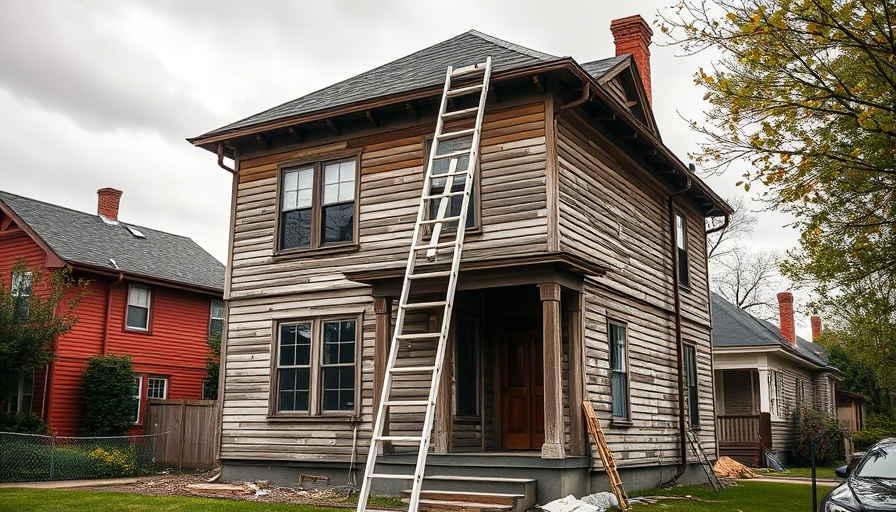
The Key to Energy Efficiency: Tackling Heat Loss and Insulating Your Home
As homeowners increasingly seek efficient upgrades, understanding heat loss and proper insulation techniques is essential. In this article, we will delve into effective ways to minimize energy loss through improved detailing behind masonry and optimizing cathedral ceilings, making your home not only comfortable but also cost-effective.
Understanding Heat Loss: The Silent Energy Drainer
Heat loss is often an overlooked aspect of home maintenance but can lead to significant energy wastage and expensive heating bills. The first step in addressing this issue is recognizing the common pathways through which heat escapes. These include gaps around windows and doors, poorly insulated walls, and thermal bridges created by structural materials.
Exploring Masonry Insulation: A Detailed Approach
When it comes to masonry, attention to detail can make a world of difference in energy efficiency. Installing insulation behind masonry walls can create a barrier that drastically reduces heat loss. Given that older buildings might have significant gaps and cracks, the process requires expertise and a thorough understanding of masonry’s characteristics. Instead of applying traditional insulation methods indiscriminately, focus on integrating materials that complement the existing structure while enhancing its thermal performance.
Efficient Techniques for Insulating Cathedral Ceilings
Cathedral ceilings present unique challenges for homeowners. While they offer aesthetic appeal, they can also be a source of substantial energy loss. Insulating the rafters effectively is crucial; using spray foam insulation can provide an airtight seal, preventing drafts and heat escape. Additionally, incorporating ventilation systems allows for moisture control, reducing the risk of mold and enhancing indoor air quality.
Future Trends in Home Insulation and Energy Efficiency
As we look ahead, the landscape of energy efficiency is evolving. Innovations such as reflective insulation and green materials are gaining traction in the market. Homeowners can take advantage of these emerging technologies to further minimize their energy consumption. Staying informed about these trends not only benefits individual households but also contributes to broader sustainability efforts.
Conclusion: A Sustainable Path Forward
Understanding and addressing heat loss is no longer optional—it's essential for modern homeowners who want to thrive in a world increasingly focused on sustainability and energy efficiency. By delving into the intricacies of insulation, especially around masonry and cathedral ceilings, you take a crucial step toward a more efficient future for your home. Energize your home with the knowledge of how to better insulate and reduce energy bills, fostering both comfort and an environmental conscience.
 Add Row
Add Row  Add
Add 


 Add Row
Add Row  Add
Add 

Write A Comment